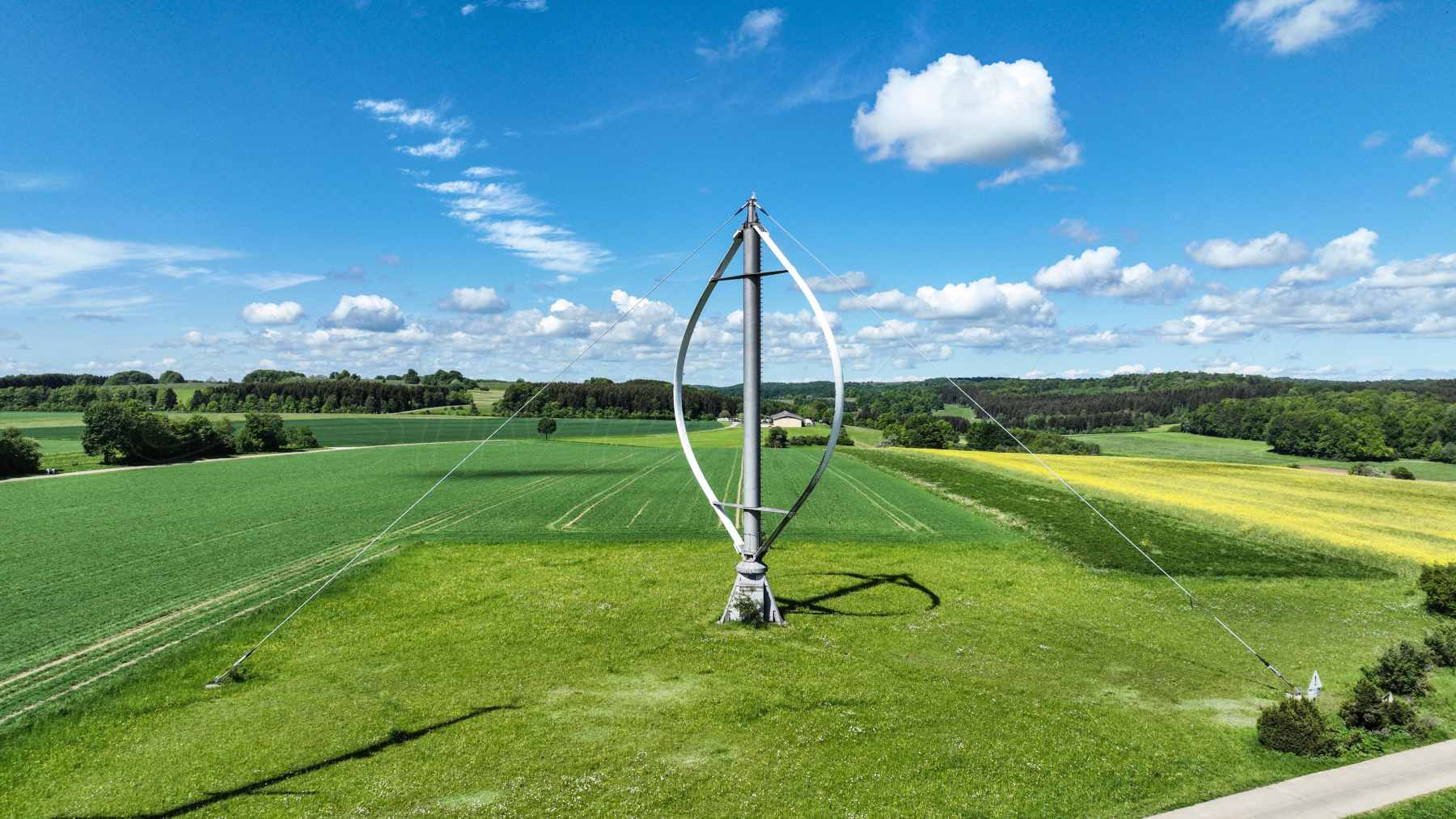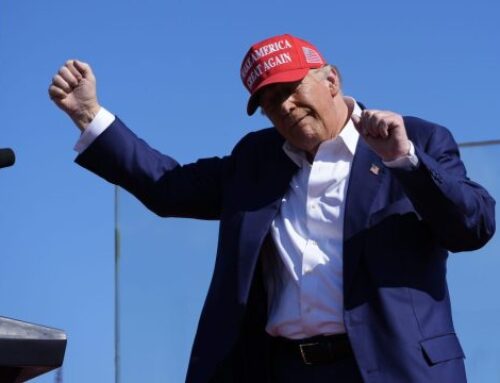First egg-shaped wind turbine is turned on: Result has experts in shock, as it has shut down all solar panels
September 24, 2024

Three-blade wind turbines are a common sight on the horizon and out at sea. These machines can range in size but tend to tower above surrounding buildings and hills. The tallest of these giants can stand as high as the Eifel Tower and taller than 30 Rock in New York City. A new vertical-axis wind turbine design in the shape of an egg is putting up stiff competition for the traditional three-blade machines. This innovative turbine is actually a resurrected design that has experts in shock at its efficiency and potential.
The wind power industry embraced one wind turbine design in the early years and only realizes its mistake now
The world needs to rely more heavily on renewable energy to help keep the climate crisis at bay, and wind energy is helping people do that. For many years, companies only wanted to manufacture and install three-blade wind turbines. These machines employ predictable technology similar to planes, and the parts can be manufactured easily at existing factories. However, these turbines are extremely heavy, which has led to difficulties installing them in deep ocean waters where wind tends to be very strong and stable.
Because the three-blade wind turbine took prominence early on, the wind power industry didn’t realize the mistake it was making by not diversifying the designs of turbines. An older design is suddenly getting a second chance at success because companies are looking for a lighter and more versatile wind turbine model. This egg-shaped turbine sits on a vertical axis and doesn’t need to be built on a heavy tower like the three-blade model. The new model will save on manufacturing costs and could even be used on a floating dock out at sea.
An egg-shaped vertical-axis wind turbine could be the answer that renewable energy experts are looking for
Experts used to think that vertical-axis wind turbines were not as effective as three-blade models. The technology for the former design has improved immensely over the past 15 years, and now an egg-shaped design is taking the industry by storm. It’s lighter, more stable, and possibly cheaper to make than the three-blade model, which could give it more versatility in terms of location and use.
It’s not easy to capture stable wind energy, but since the wind is everywhere, it’s a solution that most governments want to capitalize on. Governments usually have the funds to invest in heavy wind turbines, but individual homeowners and business owners often don’t think of wind as a viable energy alternative. Vertical-axis wind turbines could become more affordable for people, making room for an energy revolution to sweep America.
Wind energy is notoriously fickle, so America wants to use new technology to capture deep-sea winds
One of the biggest challenges of wind power is figuring out a way to keep the electricity output stable. The wind does not blow all the time, and light winds may not be strong enough to spin turbines. Researchers have been working on new wind turbine designs and technology to help overcome this issue.
America wants to install floating wind turbines on the ocean to capture the sea’s wind energy. Three-blade wind turbine models are very heavy and may not float well, but the new egg-shaped vertical axis turbine does not rely on a central tower and could float much more easily. This innovation may help America turn the tide on wind power.
Experts are excited about the potential uses of the updated egg-shaped vertical axis wind turbine. The style is currently in use in some places in the world, but it hasn’t yet caught on in America. Teams of researchers and private investors are working to get a vertical-axis wind turbine farm online off the coast of Maine in the near future.
Search
RECENT PRESS RELEASES
Related Post



